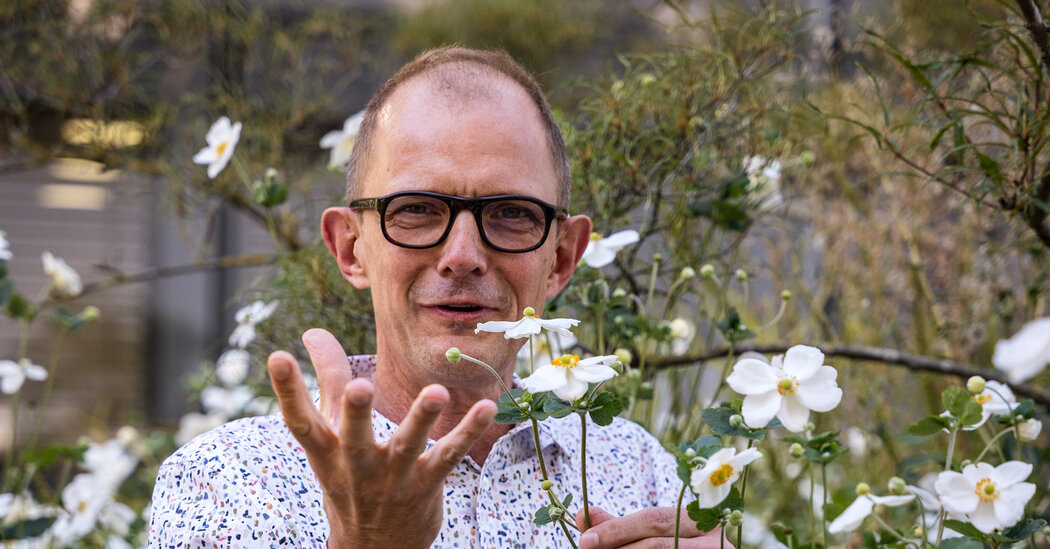
“The idea to go into unknown territories that you never have been to — this is what drives us,” he added.
Clearly, that applies to what the brand calls its Extraordinary Objects, a collection of automatons and unusual creations like the Planétarium, a tabletop timepiece 66.5 centimeters (about 2 feet) in diameter. It includes an automaton, under a dome that makes the whole piece 50 centimeters (about 1.6 feet) high, depicting part of the solar system in gold and gems including diamonds, sapphires, jasper and garnets. When the piece is turned on, each planet moves at its actual speed of rotation.
Mr. Bernhard considers Planétarium to be a highlight of his work at the brand, along with watches like the Heures Florales and the Lady Arpels Papillon Automate, a 2017 introduction that involved four patents and is decorated with a butterfly whose enamel wings flutter as the wearer’s wrist moves.
Such designs distinguish Van Cleef & Arpels from other watchmakers, including the other watch brands owned by the Richemont group, such as A. Lange & Söhne and IWC Schaffhausen, and even Cartier.
Differentiation, experts say, is a strategic goal of corporations like Richemont.
“They’re trying to think how to diversify across the different brands and segment at different customer bases,” said Ryan Raffaelli, an associate professor of business administration at Harvard Business School. “This is true across a lot of these groups, that each plays a very specific role within.”
At Van Cleef & Arpels, three teams are involved in the conception, design and promotion of watches: jewelry artisans and marketers, headquartered in Paris, and the watch-focused staff, in Meyrin. They work on the brand’s less elaborate timepieces — like the Perlée collection, with delicate beading on the dial — as well as its high jewelry creations.






